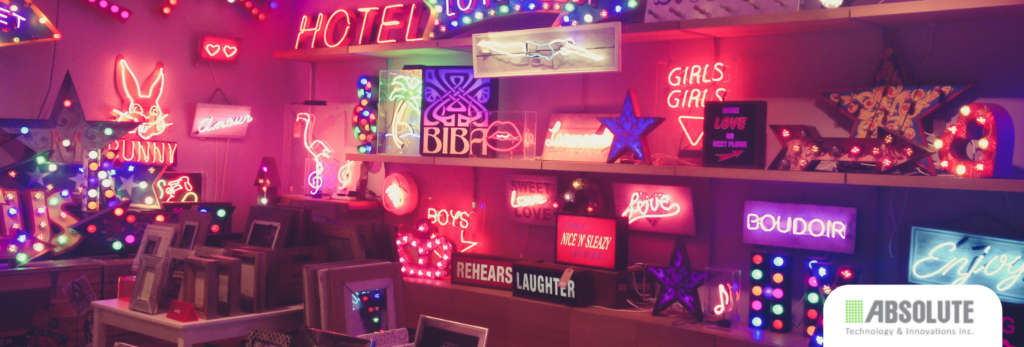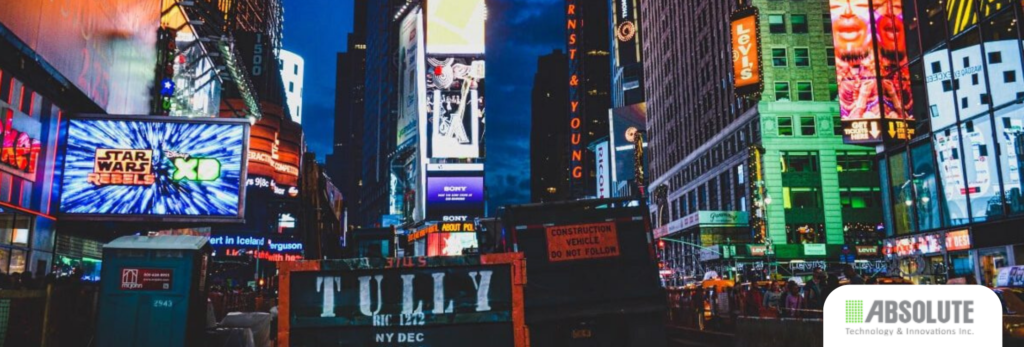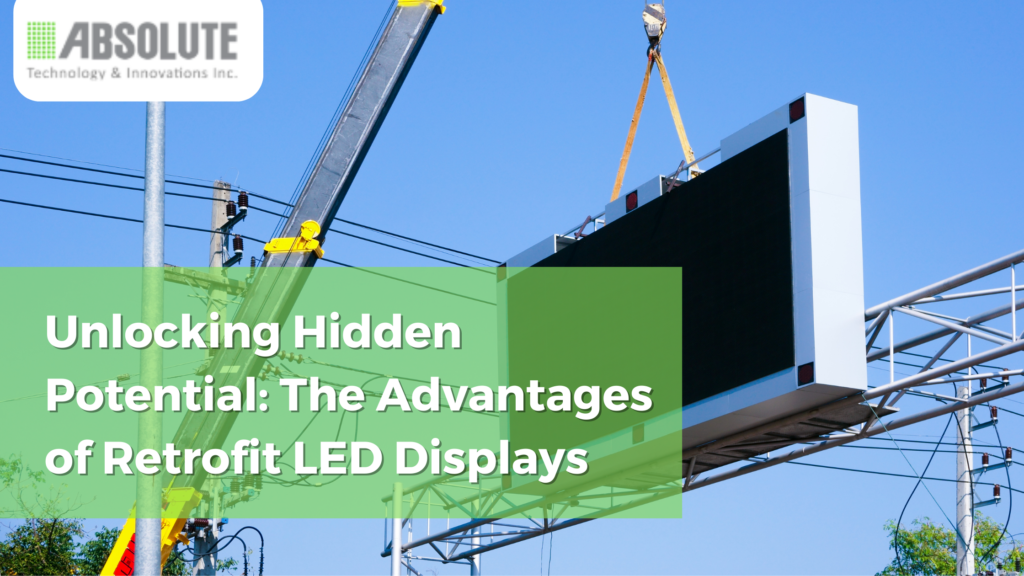Introduction
The Growing Demand for LED Displays
In recent years, LED displays have gained immense popularity in various industries due to their ability to deliver stunning visuals and engage audiences effectively. Businesses across sectors such as advertising, retail, entertainment, and hospitality are increasingly leveraging the power of LED displays to capture attention and communicate their messages effectively.
The Rise of Retrofit LED Displays
As technology continues to advance, retrofit LED displays have emerged as a cost-effective and efficient solution for businesses looking to upgrade their existing display systems. Rather than replacing the entire infrastructure, retrofitting allows businesses to integrate LED modules and components into their current displays, maximizing their investments and unlocking hidden potential.
Overview of the Article’s Focus
In this article, we will explore the advantages of retrofit LED displays and how they can benefit businesses. We will delve into the concept of retrofit LED displays, understand how they work, and discuss the key components and technologies involved. Furthermore, we will examine the various advantages they offer, including improved energy efficiency, enhanced visual experiences, and cost savings. Lastly, we will highlight the factors to consider when choosing retrofit LED displays and conclude with the expertise of Absolute Technology in providing LED display solutions.
Understanding Retrofit LED Displays

Definition and Concept
Retrofit LED displays refer to the process of upgrading and enhancing existing display installations with LED technology. Rather than starting from scratch, businesses can optimize their current infrastructure by integrating LED modules seamlessly. This approach offers a practical and cost-effective solution for businesses looking to improve their display capabilities.
How Retrofit LED Displays Work
Retrofit LED displays utilize modular LED panels that can be seamlessly integrated into the existing display framework. LED modules, control systems, and power supplies work in tandem to deliver exceptional visual quality and functionality. The retrofit process involves careful assessment and customization to ensure compatibility and seamless integration with the current infrastructure.
Key Components and Technologies Involved
Retrofit LED displays incorporate various key components and technologies to deliver optimal performance. LED modules with advanced pixel pitch, high-quality LED chips, efficient power supplies, and robust control systems are vital to achieving superior visual quality. Additionally, technologies such as dynamic brightness adjustment and automatic calibration play a crucial role in optimizing visual performance.
The Advantages of Retrofit LED Displays

Improved Energy Efficiency
Retrofit LED displays offer significant energy efficiency advantages compared to traditional display systems. LED technology consumes lower power, resulting in reduced energy costs and a more sustainable approach to operations. By upgrading to retrofit LED displays, businesses can contribute to environmental sustainability by minimizing their carbon footprint.
Enhanced Visual Experience
Retrofit LED displays provide an immersive visual experience that captivates audiences. With superior brightness and vibrant colors, these displays ensure that content stands out even in well-lit environments. Wide viewing angles enable optimal visibility from different perspectives, ensuring that everyone can enjoy the visuals. Additionally, high contrast ratios enhance image depth and clarity, resulting in sharper and more engaging content.
Cost Savings
One of the significant advantages of retrofit LED displays is cost savings. These displays offer a longer lifespan compared to traditional technologies, reducing the need for frequent replacements. With decreased maintenance expenses, businesses can allocate resources more efficiently. Furthermore, the energy-saving capabilities of LED technology lead to reduced operating costs, contributing to long-term financial savings.
Factors to Consider when Choosing Retrofit LED Displays

Display Resolution and Pixel Pitch
When selecting a retrofit LED display, it is crucial to consider the display resolution and pixel pitch. The resolution determines the level of detail and clarity of the visuals. Higher resolutions are ideal for applications that require crisp and clear content, such as advertising or presentations. Additionally, the pixel pitch, which refers to the distance between individual LED pixels, plays a vital role in the display’s image quality. Smaller pixel pitches result in higher pixel density, ensuring sharper and more detailed visuals.
Brightness and Viewing Distance
The brightness level of the retrofit LED display is an important factor to consider, especially in environments with varying ambient lighting conditions. The display should be capable of delivering sufficient brightness to ensure optimal visibility and readability of the content. For indoor installations, lower brightness levels may be suitable, while outdoor installations may require higher brightness to combat direct sunlight. Additionally, the viewing distance should be taken into account when selecting a retrofit LED display. The viewing distance determines the optimal pixel pitch to ensure that the visuals can be clearly seen and appreciated from different viewing points.
Environmental and Weather Resistance
The environment in which the retrofit LED display will be installed should be considered to ensure its longevity and durability. If the display will be exposed to harsh weather conditions or extreme temperatures, it is crucial to choose a display that offers environmental and weather resistance. Factors such as temperature fluctuations, moisture, and dust exposure should be taken into account to ensure the display can withstand these conditions without compromising its performance or lifespan.
Conclusion
In conclusion, retrofit LED displays offer numerous advantages for businesses looking to upgrade their existing display systems. These displays unlock the hidden potential of the current infrastructure, providing improved energy efficiency, enhanced visual experiences, and cost savings. By integrating LED technology into their current displays, businesses can captivate their audience, elevate their brand visibility, and create impactful communication platforms.
Absolute Technology, a leading provider of LED display solutions, understands the importance of delivering high-quality and innovative retrofit LED displays to their clients. With a wide range of options available, they can assist businesses in selecting and implementing the perfect retrofit LED display solution tailored to their specific requirements. By leveraging the advantages of retrofit LED displays, businesses can transform their existing displays into dynamic and engaging communication tools that leave a lasting impression on their audience.
If you’re considering upgrading your existing display system, it is worth exploring the advantages of retrofit LED displays. Absolute Technology can guide you through the process, helping you unlock the hidden potential of your current infrastructure and take your visual communication to new heights. Trust in their expertise, and let them assist you in creating a visually stunning and impactful environment that will leave a lasting impression on your customers.
